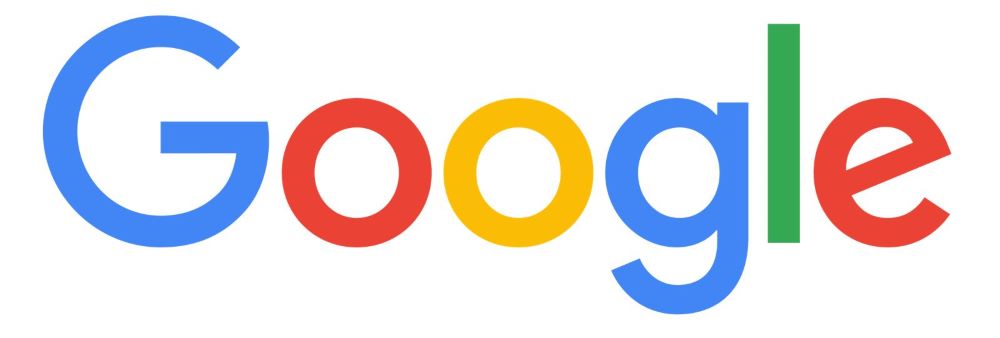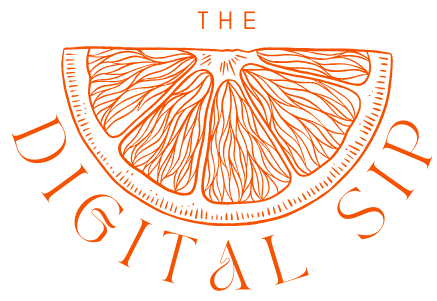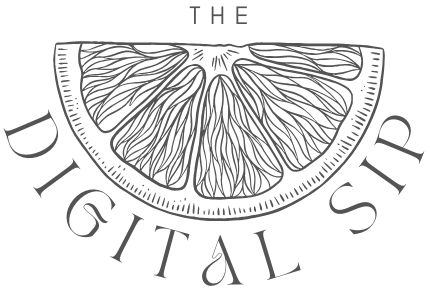On-page SEO is a cornerstone of effective digital marketing and a crucial element in improving a website’s visibility in search engine results. This blog post delves into the best practices for on-page SEO optimization, providing actionable steps to enhance various elements of your website to boost rankings and drive traffic. By adhering to these strategies, you can create a more search engine-friendly website that appeals to both users and search engine algorithms.
The Importance of Up-To-Date SEO
Maintaining up-to-date SEO practices is crucial not only for improving your site’s visibility on Google Search but also for ensuring your website remains relevant and effective. As search engine algorithms evolve, they increasingly prioritize websites that offer the best user experiences, including fast load times, mobile optimization, and high-quality, engaging content. Staying current with SEO trends and updates ensures that your site continues to align with these criteria, enhancing your search rankings. Furthermore, regular SEO maintenance keeps your content fresh and relevant for your audience, which is vital for retaining users and encouraging repeat visits. By continually optimizing your website for both search engines and users, you not only increase your chances of being found in search results but also boost the overall effectiveness of your site in meeting business goals and satisfying user needs.

Title Tags
Title tags are one of the most important on-page SEO elements. They provide a brief and precise description of a page’s content and appear in the browser’s title bar and search engine results pages (SERPs). To optimize title tags, ensure they are concise (50-60 characters), include relevant keywords, and accurately reflect the page’s content. A well-crafted title tag can significantly impact your page’s click-through rate (CTR).
Meta Descriptions
Meta descriptions, while not directly impacting search engine rankings, play a vital role in user engagement. These short summaries appear under the title tags in SERPs and help convince users to click on your link. Keep your meta descriptions under 160 characters and make sure they are engaging, include target keywords, and provide a clear value proposition to encourage clicks.

Header Tags
Using header tags (H1, H2, H3, etc.) effectively organizes content and helps search engines understand the hierarchical structure of a page. Your H1 tag should contain the main keywords and mirror the page title, as it emphasizes the most important concept. Subsequent headers (H2, H3) should outline secondary topics and contain related keywords, enhancing the overall readability and SEO performance.
SEO-Friendly URLs
URLs should be clear, concise, and include relevant keywords to improve SEO performance. Avoid long URLs filled with unnecessary parameters. A well-structured URL provides both users and search engines with a clear indication of what the destination page is about. Ideally, URLs should be straightforward enough for a user to predict the content of the page before even visiting it.
Optimizing Images
Images can significantly slow down your site if not properly optimized, affecting your SEO negatively. Use relevant file names and alt text with appropriate keywords for each image. This not only helps search engines understand and index your images but also improves accessibility for users with screen readers. Additionally, compressing images and using the correct file formats (like JPEG for photos and PNG for graphics) can improve page load speed and enhance user experience.
Keyword Optimization
While keywords are no longer the sole focus of SEO, they remain important. Incorporate relevant, high-search-volume keywords naturally throughout your content, especially in strategic places like the introduction, conclusion, and headers. Avoid keyword stuffing as it can lead to penalties from search engines. Instead, focus on creating content that naturally incorporates your target keywords.

Mobile Optimization
With the majority of web traffic now coming from mobile devices, having a mobile-optimized site is crucial. Ensure your website is responsive, meaning it automatically adjusts to fit the screen size of the device being used. Mobile optimization not only affects user experience but is also a significant ranking factor in Google’s search algorithm.
Speed and Performance Optimization
Page speed is a direct ranking factor for Google. Enhance your website’s loading speed by minimizing code, reducing redirects, leveraging browser caching, and optimizing images. Use tools like Google’s PageSpeed Insights to analyze and improve the speed of your website. A fast-loading site provides a better user experience and can improve your search rankings.
Conclusion
Effective on-page SEO requires attention to detail and a commitment to continuous improvement. By optimizing title tags, meta descriptions, headers, URLs, images, keywords, mobile usability, and website speed, you can significantly enhance your site’s SEO performance. These changes not only boost your search engine rankings but also improve the overall user experience, leading to higher engagement and conversion rates. Start implementing these best practices today to see a tangible improvement in your website’s search engine visibility and performance

